A Hanukkah Highlight on the Road to Emmaus
A Hanukkah Highlight on the Road to Emmaus
“What is Hanukkah? … When the royal Hasmonean family… was victorious over [the Greeks], they searched and found only a single cruse of pure oil… enough to light the menorah for a single day. A miracle occurred, and they lit the menorah with this oil for eight days. On the following year, they established these [eight days] as days of festivity and praise and thanksgiving to God” (Babylonian Talmud, Shabbat 21b).
What better subject for Hanukkah than a recent archaeological discovery related to the revolt of the famed Maccabees. And what better tie-in for my Christian readers at this festive season than to share with you the discovery of a massive fortress – built a century and a half before Jesus’ time and connected to the Hanukkah story – that may also confirm the location of a New Testament site.
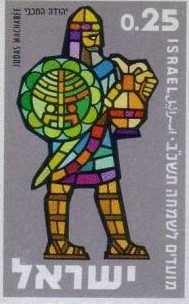
With the miracle, came victory. Or did it?
At what point in the history of the war against the Seleucid Greeks did the Jews first take back the Temple and purify it, giving rise to the story of the miraculous oil? Seems like an appropriate grand finale, right? After all, Judah himself said as he prepared to rid the Temple of idol worship (1 Macc. 4:36): “Now that our enemy has been defeated…”
But no. After the Maccabees got the upper hand, the Seleucid King Demetrius sent the fearsome General Bacchides from Syria to Judea with a huge army. Meanwhile, infighting persisted: In exchange for the job of high priest, Alcimus, a Jewish leader enamored of Greek culture who had a priestly pedigree going all the way back to Aaron, made a pact with Demetrius against his own people. Other Jews, enraged by Alcimus’ treachery, chased him out of the country. But back he came, supported by another army under the Seleucid General Nicanor. Judah made short shrift of Nicanor too.
So was that the end of the revolt? Guess again. Bacchides returned, and Judah fell in battle. By then, it seemed that nothing would dislodge Alcimus. So did the Jews finally grit their teeth and make peace with Seleucid occupation?
The answer came with the sudden death of Alcimus (1 Macc. 9:55), just as he was overseeing renovations on the Temple Mount that had enraged the Jews even more. The rebellion persisted under Judah’s younger brothers, Jonathan and Simon.
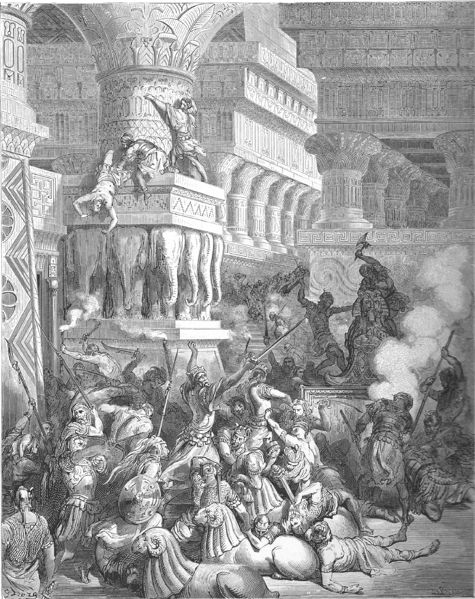
In the midst of all this, let’s imagine the Hanukkah celebration, as described in the Talmud, in the Maccabees’ hometown of Modi‘in in 160 BCE. That was the year that Judah was killed, three years after the Hanukkah miracle. People must have traveled from near and far to pay their respects at the family tomb where the Hasmonean patriarch of the Maccabees, Mattathias, had been laid to rest. Songs were sung, wine jars emptied, trays of sweets passed around, just like we do today. Amidst sorrow and trepidation, there was hope.
But General Bacchides would not give up. Neither would Jonathan. He defeated Bacchides beyond the Jordan River, but the war ground on and on. In the Seleucid general’s resolve to subjugate Jerusalem he fortified a number of important cities around it. Finally, though, after several more battles, the Jews won their independence from the Seleucid Greeks. That lasted for about a century, until virulent squabbling among the descendants of the Hasmoneans opened the gates to the Romans.
And now – the Hanukkah connection to a Gospel site
One of those cities, according to Josephus (Ant. 13, 1, 3) and 1 Macc. 9:50–52, was Emmaus. That very same site is mentioned in Luke 24:13–15. It was on the road to Emmaus after the resurrection that Jesus met disciples, and dined with them there. But over the centuries, no one could ever say for sure where Emmaus was.
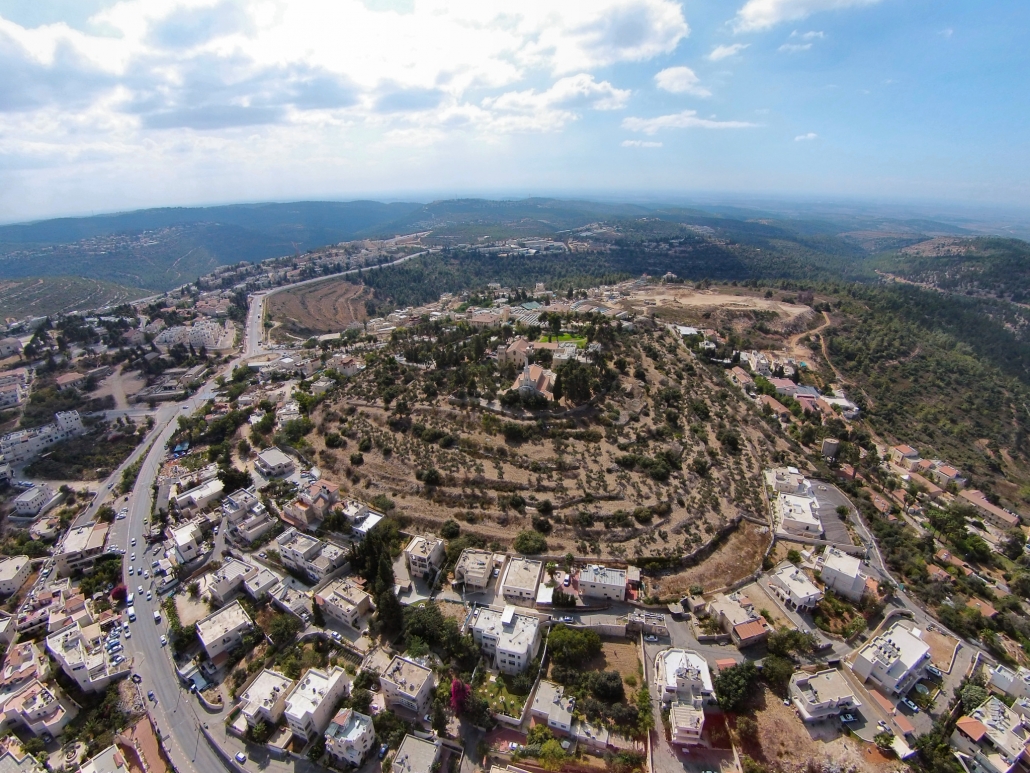
Now, an archaeological expedition, led by Israel Finkelstein of Tel Aviv University and Thomas Römer of the College de France, has concluded that the Emmaus mentioned in the 1 Maccabees and Josephus was a hill with a commanding view that rises high above the largely Muslim Israeli town of Abu Ghosh (a stone’s throw from my hometown of Har Adar). And that selfsame place is one of the three traditional sites for Emmaus. Moreover, it’s also Kiriath-jearim, where the Ark of the Covenant is believed to have rested for 20 years (1 Sam 7:1), now marked by a 19th-century monastery.
According to the experts, all the other sites on the list of fortresses the Seleucids built around Jerusalem have been identified, except for Emmaus.
On the slopes of Kiriath-jearim, the expedition has discovered a wall as much as 9 feet thick and six feet high, which once surrounded a platform measuring 36 x 50 feet, dating to the time of the Seleucid Greeks – the nemesis of our Hanukkah heroes.

The hill of Kiriath-jearim, where the excavation is underway, is “the ultimate dominating site to be fortified,” Finkelstein and Römer wrote in a recent article, making it the most likely candidate for the elusive Emmaus. And so, by identifying a previously unknown site from the history of Hanukkah, archaeologists may have also anchored the actual site of the New Testament’s Emmaus.

“What is Hannukah”?
There you have it: yet another connection between Jewish and Christian history. But what else can this little historical foray tell us? One thing most of us have heard is the old saying that winning one battle does not mean winning the war. But looking at our fraught society, wherever we live, I can think of at least one other lesson: When infighting consumes us, “winning” is an illusion. We know how to fight. If fight we must, let it be for unity and for justice.

Want to know more?
David. A. “Israeli archaeologists may have found site linked to Jesus.” Haaretz, Sept. 2, 2019.
Finkelstein, I. and Römer, T. 2019. “Kiriath-jearim and the List of Bacchides Forts in 1 Maccabees 9:50−52.
New Studies in the Archaeology of Jerusalem and its Region XIII: 7–115.
The Shmunis Family Foundation Excavation at Kiriath-Jearim: https://kiriathjearim.wordpress.com/


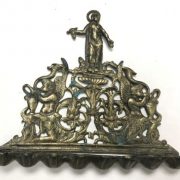
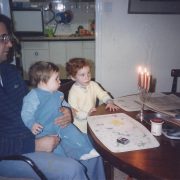
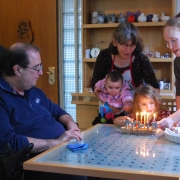
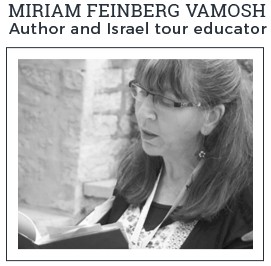
Wishing you and yours a Blessed and happy Hanukkah. Have a Happy and healthy 2020.
Marilyn and family